A collection of animated videos exploring the Roman Empire, with a focus on the Roman invasion and settlement of Britain.
The videos
1. Society and culture. video
Exploring everyday life in Ancient Rome with Julia - our animated guide.
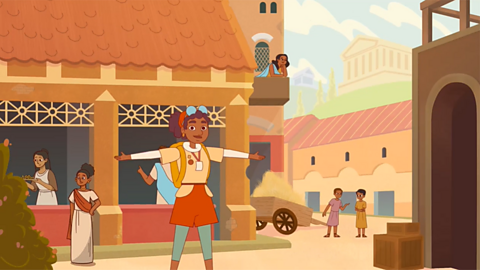
2. The Roman Empire. video
Exploring the government of Ancient Rome and how the republic became an empire.
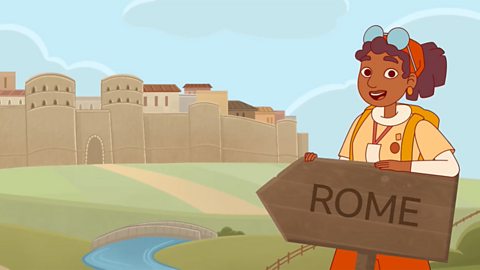
3. The Roman army. video
Exploring the formidable Roman army - its organisation, tactics, weapons and influence.
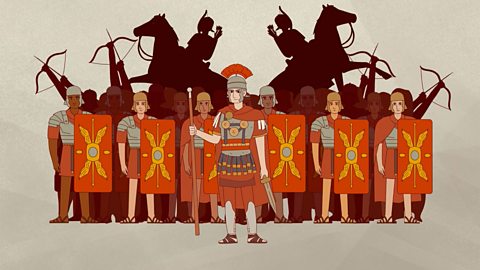
4. The Romans in Britain. video
Exploring the Roman invasion and settlement of Britain, including resistance by Boudica and the Iceni.
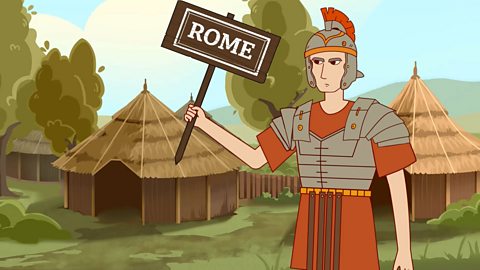
5. The legacy of Ancient Rome. video
Exploring the enduring influence of Ancient Rome on modern Britain and countries around the world.
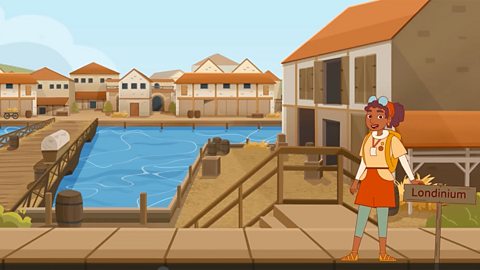
6. Growing up in Ancient Rome. video
Julia introduces a narrative episode about Augusta and Felix - two children growing up in Ancient Rome.
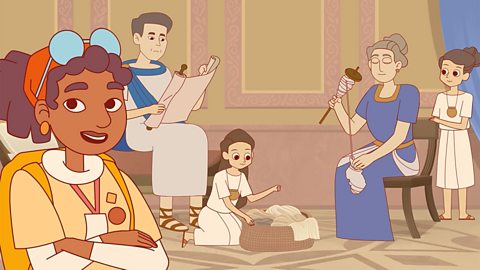
7. Letters from Vindolanda. video
Exploring everyday life for those at Vindolanda fort, based on the Roman letters discovered there.
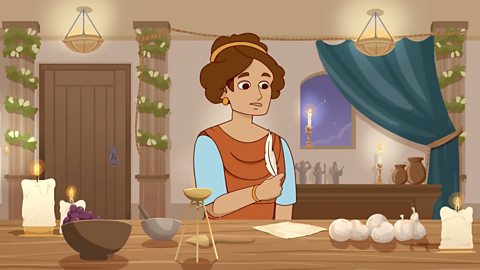
8. The slave and the architect. video
Exploring the life of a slave working for an architect in Ancient Rome and waiting for his freedom.
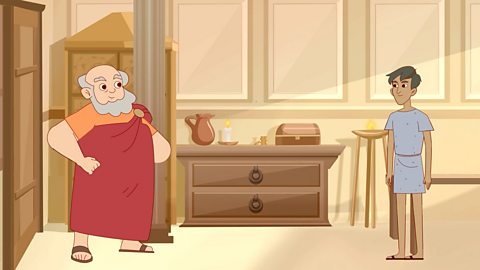
The Romans
The eight videos in this series explore the Roman Empire, beginning with the story of Romulus and Remus and the myth of the founding of Rome in 753 BCE and ending with the withdrawal of the Romans from Britain in 410 CE.
The videos mix animation with photographs - for example of Roman artefacts - and are presented by Julia, a young archeologist working on various digs in Rome and in Britain. The artefacts that Julia finds allow her travel to Roman times to witness history first hand.
The series begins with five factual videos, exploring the key themes. The final three episodes are narratives - stories that reinforce some of the learning of the factual videos and show how the themes impact on everyday life.
Throughout we have used BCE ('Before Common Era') and CE ('Common Era') for dates. These terms are substitutes for BC and AD.
Each of the episodes is accompanied by a comprehensive set of Teacher Notes, which have been prepared in partnership with . The Notes can be found in the Resources section of the individual episode pages.
Episode summaries
1. Society and culture. Julia is assisting on an archaeological dig in Rome when she uncovers a mosaic of a wolf's head. This leads her to relate the story of Romulus and Remus and then, in Ancient Rome, she explores the everyday lives of Roman citizens.
2. The Roman Empire. Julia finds a coin from the time of Emperor Trajan. This leads her to reflect on the size and importance of the Roman Empire. She describes the process by which Rome began as a monarchy (ruled by kings), then became a republic (ruled by the people), then became an empire (ruled by an emperor).
3. The Roman army. Julia finds a gladius - the sword used by Roman soldiers. She goes on to describe how formidable the Roman army was, covering its organisation, tactics and weapons.
4. The Romans in Britain. Julia describes the initial attempts of Julius Caesar to invade Britain and the successful settlement of Britain beginning in 43 CE. Julia also covers resistance to Roman rule, and Boudica's rebellion in particular.
5. The legacy of Ancient Rome. Julia begins at a bath-house where she examines the Roman form of central heating called the hypocaust. She goes on to consider the many different ways Ancient Rome has influenced modern-day Britain - from architecture, to language, place names, government, the law, etc.
6. Growing up in Ancient Rome. The first narrative episode follows a brother and sister called Felix and Augusta. The story takes them to the local market, accompanied by the family's servant called Gallio.
7. Letters from Vindolanda. Julia introduces two short stories based on the letters that were discovered at Vindolanda Roman fort. The first is about a Syrian archer suffering the British weather; the second about a Roman lady travelling from Rome to support her soldier husband.
8. The slave and the architect. This story features a slave called Josephus and his master called Commodus. The story focuses on the fact that Josephus is highly skilled and much valued by Commodus, yet - like all enslaved people - is denied basic human rights.
Where next?
KS2 History: British Asian History. collection
This series of short films tell stories of British Asian people who have helped shape British history in the last century.
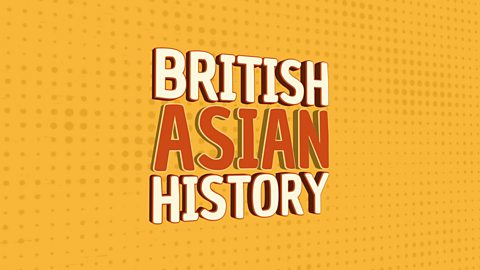
Bitesize
Use these Bitesize resources to set homework, independent study tasks or to consolidate learning for your pupils.

Newsround
The latest news stories from Newsround to share in the classroom.
